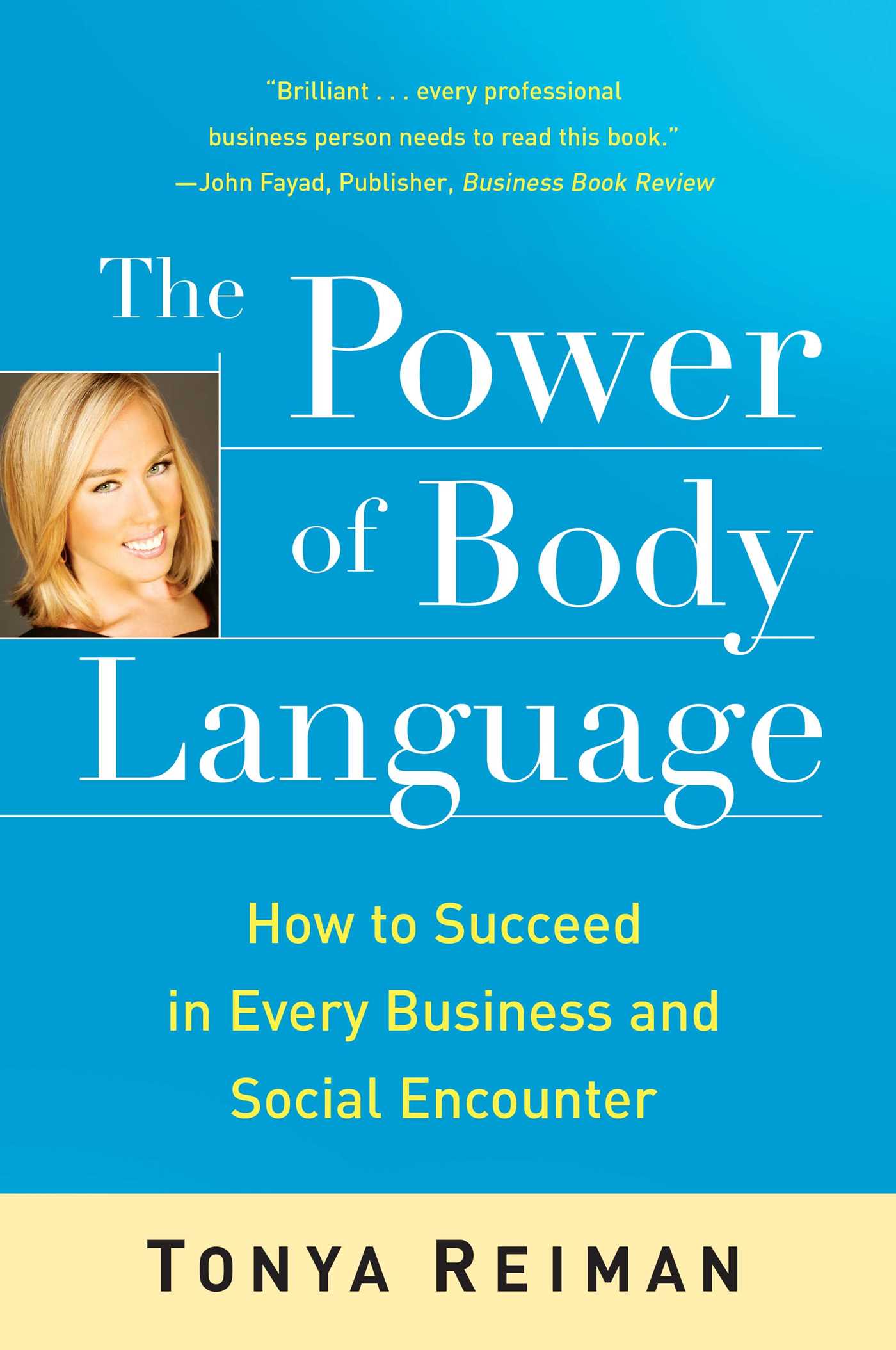Have you ever walked into a room and instantly felt a certain vibe without anyone even saying a word? Or maybe you’ve had a conversation with someone where their body language spoke louder than their words. We’ve all experienced these encounters, and they all come down to one powerful aspect of communication – body language.
Body language is a form of nonverbal communication that speaks volumes about our thoughts, emotions, and intentions. It is a silent language that we all unconsciously use every day to convey messages, whether we realize it or not. Understanding and harnessing the power of body language can drastically improve our ability to connect with others, build strong relationships, and even enhance our own self-awareness.
From birth, we are programmed to pay attention to nonverbal cues. Think about how babies communicate before they can utter a single word. They cry, smile, reach out their arms, and wriggle their bodies – all forms of nonverbal communication. As we grow older, we continue to rely on this nonverbal language, even as our verbal abilities develop.
One of the most basic and universal forms of body language is facial expressions. Happiness, sadness, anger, surprise – our faces beautifully paint the canvas of our emotions. When we smile at someone, they naturally interpret it as a positive signal, and their brain releases endorphins, making both parties feel good. On the other hand, a furrowed brow or a scowl can instantly convey negative emotions and create tension in a conversation.
Another crucial aspect of body language is gestures. Our hands are incredibly powerful communicators. A simple thumbs up, a vigorous handshake, or an inviting wave can convey friendship, agreement, or a warm welcome. Similarly, crossed arms or tapping fingers can indicate defensiveness, impatience, or disinterest. It’s important to be mindful of these gestures in both ourselves and others, as they hold the key to understanding unspoken messages.
Posture is yet another vital component of body language. Have you ever noticed how someone’s posture changes when they are confident versus when they feel defeated? When we stand tall, shoulders back, and head held high, we appear confident and assertive. On the contrary, slouching, hunched shoulders, and lowered head demonstrate submissiveness or lack of self-assurance. By simply adjusting our posture, we can influence how others perceive us and even improve our own self-confidence.
Eye contact is perhaps one of the most talked-about aspects of body language. The eyes are said to be the windows to the soul, and they can reveal a lot about a person’s sincerity, engagement, or even deception. Maintaining eye contact during a conversation conveys interest and attentiveness, whereas avoiding eye contact may indicate discomfort, dishonesty, or even disrespect. However, cultural norms and personal preferences play a role in interpreting eye contact, so it’s essential to consider these factors as well.
It’s worth noting that body language can sometimes be contradictory to verbal communication. Have you ever been in a situation where someone’s words say one thing, but their body language tells a completely different story? This inconsistency can create confusion and make it challenging to trust the message being conveyed. By learning to read body language, we can become more perceptive and better equipped to understand the true meaning behind someone’s words.
Now, armed with the understanding of body language, you might be wondering how you can use this newfound knowledge to your advantage. Firstly, being more aware of your own body language can help you communicate more effectively. Pay attention to your gestures, facial expressions, and posture, ensuring they align with the message you want to convey. Secondly, observe others’ body language, especially during important conversations or negotiations. This awareness can help you interpret their true feelings and intentions, allowing you to respond appropriately. Finally, practice active listening. By observing someone’s body language while they speak, you can pick up on subtle cues that may allow you to ask more probing questions or offer support when needed.
Body language is a fascinating and intricate part of human interaction. It has the power to strengthen relationships, build trust, and create lasting connections. By tapping into the world of nonverbal communication, we unlock a whole new level of understanding and connection with those around us. So, next time you’re in a conversation, pay attention not just to the words being spoken, but also to the silent messages conveyed by body language.
